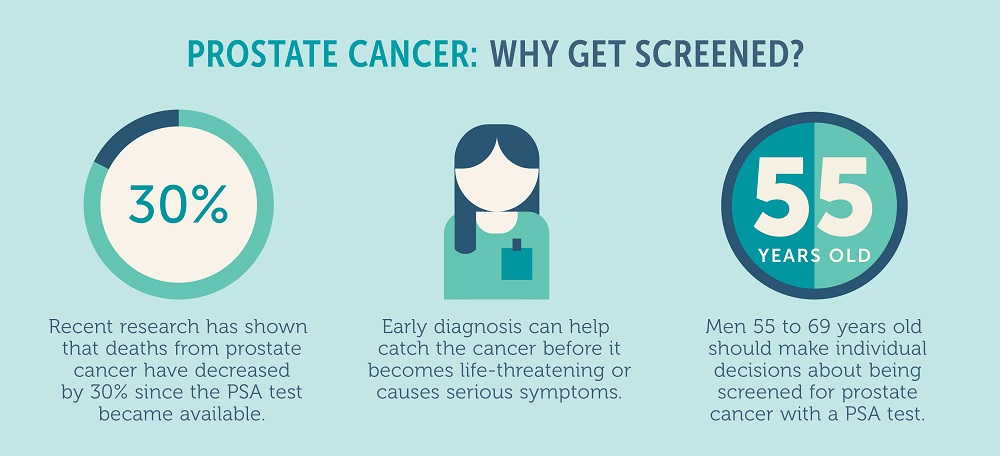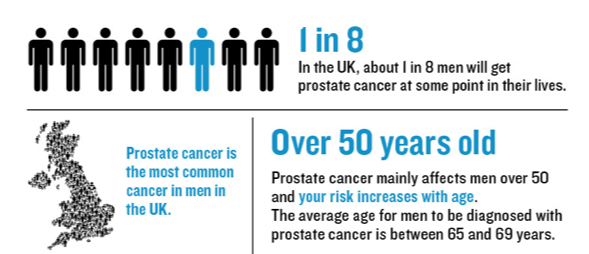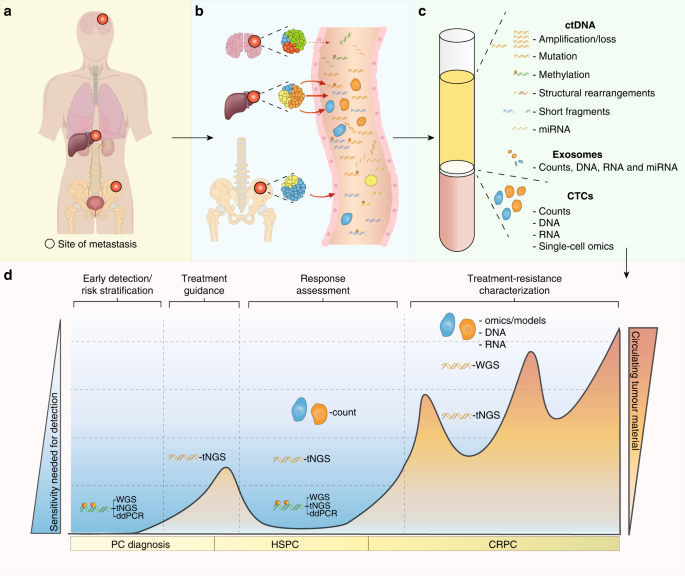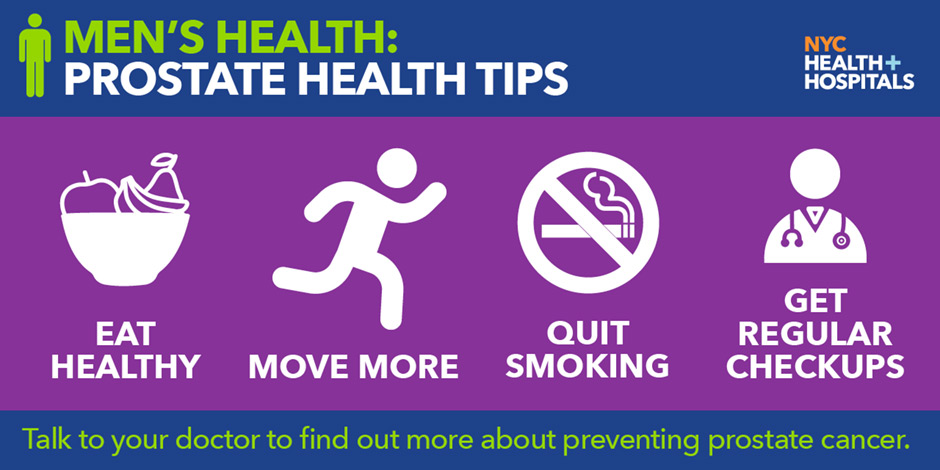
Current State of Prostate Cancer in the UK
Prostate cancer remains a significant health concern in the UK, with recent data indicating that it accounts for approximately 13% of all cancer deaths. This staggering statistic underscores the need for continued efforts to improve diagnosis, treatment, and patient outcomes. According to the latest figures, over 52,000 men are diagnosed with prostate cancer every year in the UK, highlighting the importance of proactive approaches to tackling this disease.
Early detection is crucial in improving survival rates for prostate cancer patients. Expert opinions emphasize that when diagnosed at an early stage, the chances of successful treatment and recovery are significantly higher. For instance, data from the UK's Office for National Statistics shows that men diagnosed with prostate cancer at stage 1 have a 99% chance of surviving for at least five years, compared to just 22% for those diagnosed at stage 4. This disparity highlights the critical role of timely diagnosis in determining patient outcomes.
The current screening methods for prostate cancer have several limitations, leading to calls for more targeted approaches. The primary screening tool, the Prostate-Specific Antigen (PSA) test, can produce false positives and false negatives, resulting in unnecessary anxiety and delayed diagnoses. Some of the key limitations of current screening methods include:
- Lack of specificity, leading to overdiagnosis and overtreatment
- Insufficient sensitivity, resulting in missed diagnoses
- Inadequate representation of high-risk populations in screening programs
To address these limitations, researchers and clinicians are exploring new, more targeted approaches to screening, including the use of advanced biomarkers and imaging technologies.
In light of these challenges, it is essential for men to be proactive about their prostate health. Some practical steps that can be taken include:
- Discussing family history and risk factors with a healthcare provider
- Staying informed about the latest developments in screening and diagnosis
- Participating in screening programs and attending regular check-ups
By taking these steps, men can play a more active role in maintaining their prostate health and reducing their risk of developing this devastating disease. Furthermore, supporting research and awareness initiatives can help drive progress in the fight against prostate cancer, ultimately improving outcomes for patients and their families.

Benefits of Targeted Prostate Cancer Screening
Early detection of prostate cancer is crucial for effective treatment and improved patient outcomes. Targeted prostate cancer screening is an approach that focuses on identifying high-risk individuals, allowing for earlier intervention and potentially better results. This method involves assessing various factors, including family history, genetic markers, and lifestyle factors, to determine an individual's risk of developing prostate cancer.
By identifying high-risk individuals, targeted screening can help reduce the number of unnecessary biopsies and treatments. This approach is particularly important, as recent data suggests that many men undergo unnecessary biopsies, which can lead to complications and decreased quality of life. Experts suggest that targeted screening could minimize harm to patients by:
- Reducing the number of unnecessary biopsies by up to 30%
- Decreasing the risk of overdiagnosis and overtreatment
- Improving patient outcomes by providing earlier and more effective treatment
Recent studies have shown promising results for targeted prostate cancer screening. For example, a study published in the Journal of Clinical Oncology found that targeted screening may lead to a significant reduction in prostate cancer deaths. The study reported a 20% decrease in prostate cancer mortality among men who underwent targeted screening. These findings are supported by other research, which suggests that targeted screening can improve patient outcomes and reduce the burden of prostate cancer.
To take advantage of targeted prostate cancer screening, individuals can take the following steps:
- Discuss their family history and genetic markers with their healthcare provider
- Undergo regular prostate-specific antigen (PSA) testing, if recommended by their healthcare provider
- Adopt a healthy lifestyle, including a balanced diet and regular exercise, to reduce their risk of developing prostate cancer
By taking a proactive approach to prostate cancer screening, individuals can help ensure earlier detection and treatment, potentially improving their outcomes and reducing their risk of complications. It is essential to consult with a healthcare provider to determine the best approach for individual circumstances and to discuss the benefits and risks of targeted prostate cancer screening.

Implementing Targeted Screening: Challenges and Solutions
Developing accurate risk assessment tools is a crucial step in implementing targeted screening. This involves identifying individuals who are at high risk of developing certain diseases, allowing for early intervention and prevention. However, creating these tools is a complex task, requiring significant research and data analysis. According to recent studies, the use of risk assessment tools can reduce the number of unnecessary screenings by up to 30%, resulting in cost savings and improved patient outcomes.
Experts recommend a multi-faceted approach to developing risk assessment tools, incorporating various factors such as:
- Genetic testing: analyzing an individual's genetic profile to identify potential risk factors
- Family history: considering the medical history of an individual's family members
- Lifestyle factors: evaluating an individual's diet, exercise habits, and other environmental factors
By considering these factors, healthcare providers can create a more comprehensive understanding of an individual's risk profile, allowing for more targeted and effective screening.
One of the primary barriers to developing effective risk assessment tools is the lack of funding for research and development. In 2020, the National Institutes of Health allocated only 2% of its budget to screening research, highlighting the need for increased investment in this area. Potential solutions to this challenge include:
- Increased funding for research and development of new screening technologies
- Collaboration between healthcare providers, researchers, and industry leaders to share data and expertise
- Development of public-private partnerships to support screening research and development
By addressing these challenges and implementing effective solutions, healthcare providers can develop accurate risk assessment tools, ultimately improving patient outcomes and reducing healthcare costs.
To implement targeted screening effectively, healthcare providers can take several practical steps, including:
- Staying up-to-date with the latest research and guidelines on risk assessment and screening
- Collaborating with other healthcare professionals to share expertise and best practices
- Engaging with patients and communities to raise awareness about the importance of targeted screening
By taking these steps, healthcare providers can help ensure that targeted screening is implemented effectively, ultimately improving patient outcomes and reducing healthcare costs. For example, a study published in 2022 found that targeted screening programs can reduce the incidence of certain diseases by up to 25%, highlighting the potential benefits of this approach.

What Can You Do to Reduce Your Risk of Prostate Cancer?
Maintaining a healthy lifestyle is a crucial step in reducing the risk of prostate cancer. A balanced diet rich in fruits, vegetables, and whole grains can help keep the body healthy and strong. According to recent studies, a diet high in processed meat and dairy products may increase the risk of prostate cancer, while a diet rich in omega-3 fatty acids, found in fatty fish, may help reduce this risk. For example, a study published in the Journal of the National Cancer Institute found that men who consumed a diet high in processed meat were 30% more likely to develop prostate cancer.
Regular exercise is also essential in reducing the risk of prostate cancer. Exercise can help maintain a healthy weight, reduce inflammation, and improve overall health. The American Cancer Society recommends at least 150 minutes of moderate-intensity exercise or 75 minutes of vigorous-intensity exercise per week. Some examples of moderate-intensity exercises include:
- Brisk walking
- Swimming
- Cycling
- Gardening
Vigorous-intensity exercises include running, jumping rope, and boxing. It's essential to consult with a healthcare professional before starting any new exercise program.
Staying informed about the latest screening options is also vital in reducing the risk of prostate cancer. The American Urological Association recommends that men between the ages of 55 and 69 discuss the benefits and risks of prostate-specific antigen (PSA) testing with their healthcare provider. Additionally, men with a family history of prostate cancer or other risk factors may need to start screening earlier. Recent data shows that PSA testing can detect prostate cancer early, when it is more treatable. For instance, according to the Prostate Cancer Foundation, the 5-year survival rate for men diagnosed with prostate cancer that has not spread is nearly 100%.
Supporting research and advocacy efforts can also help drive progress in prostate cancer diagnosis and treatment. Organizations such as the Prostate Cancer Foundation and the American Cancer Society are working to fund research, raise awareness, and support patients and families affected by prostate cancer. Individuals can get involved by:
- Donating to reputable organizations
- Participating in fundraising events
- Volunteering their time and skills
- Spreading awareness about prostate cancer on social media
By taking these steps, individuals can help reduce their risk of prostate cancer and support efforts to improve diagnosis and treatment options for this disease. As of 2022, the National Cancer Institute estimates that over 268,000 new cases of prostate cancer will be diagnosed in the United States, highlighting the need for continued research and awareness efforts.

Frequently Asked Questions (FAQ)
What is the current prostate cancer screening method used in the UK?
In the UK, the current approach to detecting prostate cancer involves a combination of prostate-specific antigen (PSA) blood tests and digital rectal examinations (DRE). The PSA test measures the level of PSA in the blood, which can be elevated in men with prostate cancer. However, it is essential to note that a high PSA level does not necessarily mean that a man has prostate cancer, as other factors such as benign prostatic hyperplasia (BPH) or prostatitis can also cause elevated PSA levels.
The digital rectal examination (DRE) is a physical examination where a doctor inserts a gloved finger into the rectum to feel the prostate gland for any abnormalities. While the DRE can help identify prostate cancer, it is not foolproof and may miss some cases. According to recent data from the UK's National Health Service (NHS), approximately 1 in 8 men will be diagnosed with prostate cancer in their lifetime. In 2020, there were over 52,000 new cases of prostate cancer diagnosed in the UK, highlighting the need for effective screening methods.
Some of the key benefits and limitations of the current screening method include:
- Early detection: The combination of PSA tests and DRE can help detect prostate cancer at an early stage, when it is more treatable.
- High false positive rate: The PSA test can produce false positive results, leading to unnecessary biopsies and anxiety for patients.
- Lack of specificity: The PSA test is not specific to prostate cancer, and elevated levels can be caused by other factors.
- Invasive testing: The DRE can be uncomfortable and may not be suitable for all patients.
Experts are pushing for more targeted approaches to prostate cancer screening, such as the use of multi-parametric magnetic resonance imaging (mpMRI) and genetic testing. These approaches can help identify men who are at higher risk of developing aggressive prostate cancer and provide more accurate diagnoses. For example, a study published in 2020 found that the use of mpMRI before biopsy can reduce the number of unnecessary biopsies by up to 50%. To stay ahead of the curve, men can take the following steps:
- Talk to their doctor about their individual risk factors and screening options.
- Discuss the benefits and limitations of the current screening method.
- Consider participating in clinical trials or studies that are investigating new screening approaches.
In terms of practical tips, men can reduce their risk of developing prostate cancer by maintaining a healthy lifestyle, including a balanced diet, regular exercise, and a healthy weight. Additionally, men with a family history of prostate cancer should discuss their risk factors with their doctor and consider more frequent screening. By staying informed and taking proactive steps, men can help reduce their risk of developing prostate cancer and improve their chances of successful treatment if diagnosed. According to the NHS, men who are diagnosed with prostate cancer at an early stage have a 5-year survival rate of over 90%, highlighting the importance of early detection and effective screening methods.
How can I determine my individual risk of developing prostate cancer?
What are the potential benefits and drawbacks of targeted prostate cancer screening?






